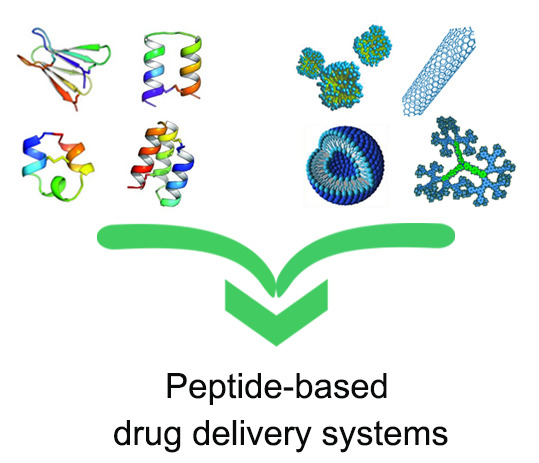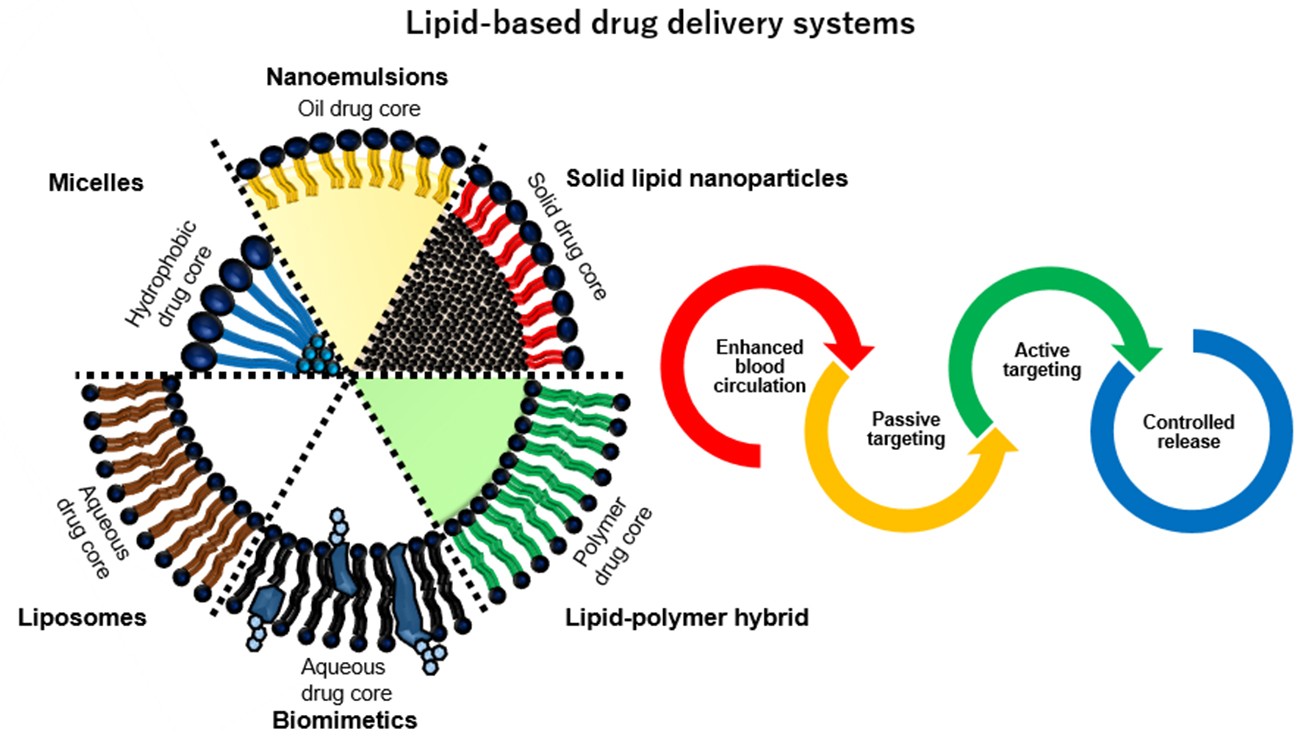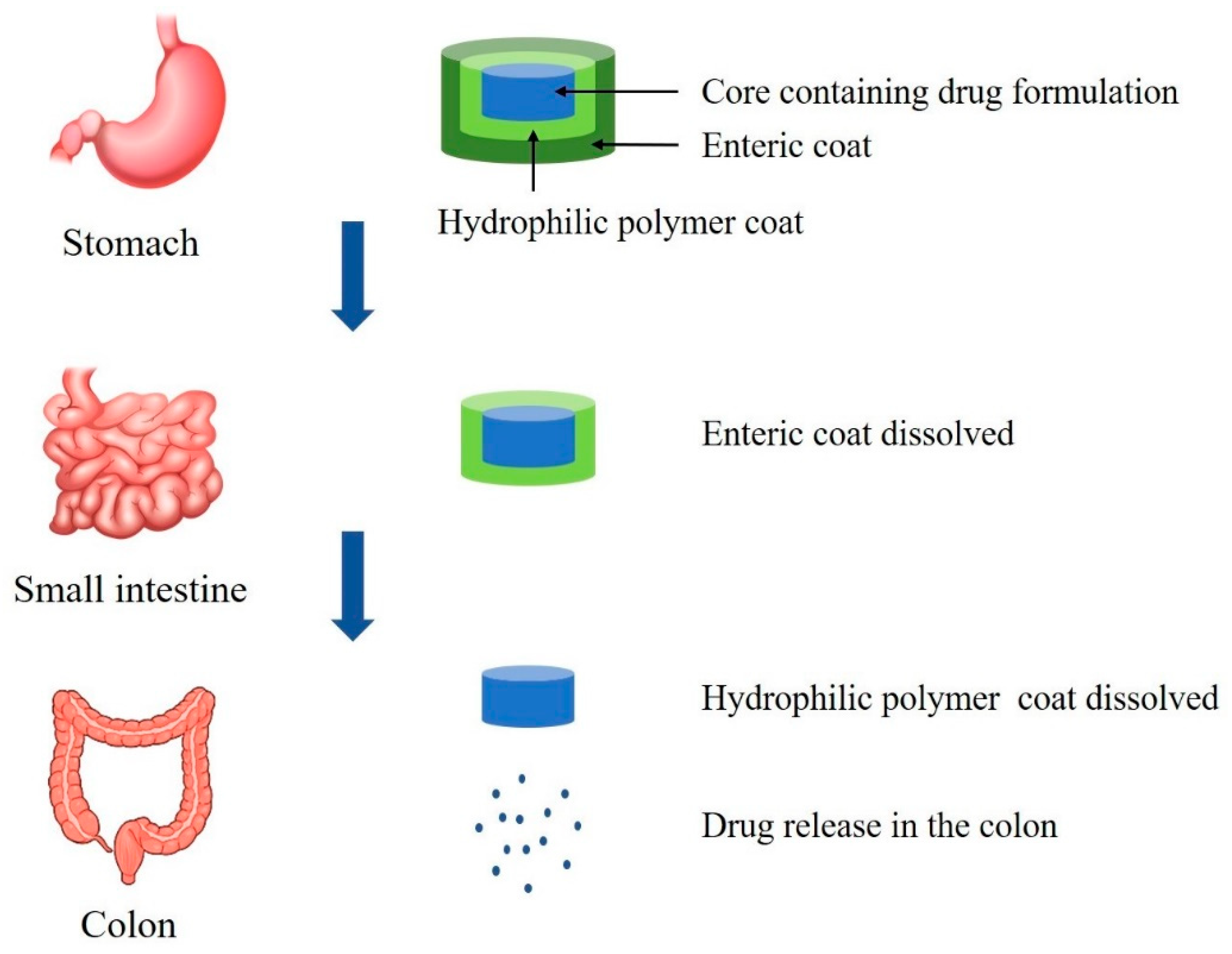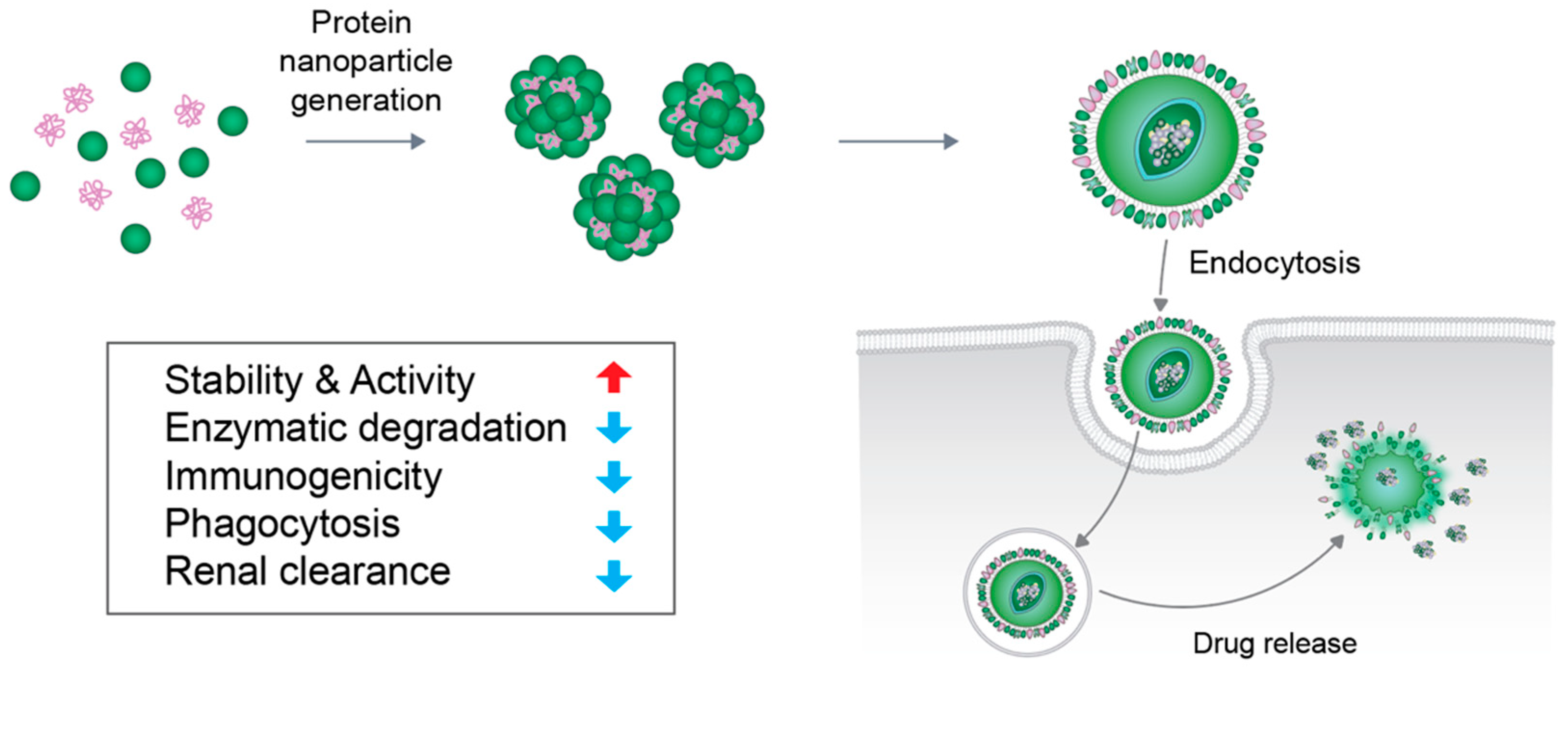RECOMMENDATION ON IMPROVING PEPTIDE-BASED DRUG DELIVERY SYSTEM
To overcome challenges like specific cellular targeting and sustained release of drugs peptide-based drug delivery systems provide better alternatives to current medications. The low bioavailability and short half-life of peptides are the major hurdles for peptide therapeutics application due to high degradation by gastrointestinal plasma and tissue peptidases also their rapid clearance from the circulation within minutes to hours after administration.

Drug Delivery With Designed Peptide Assemblies Trends In Pharmacological Sciences
Due to proteases opsonization and agglutination.

. For instance the non-peptide Ang-117 mimetic AVE 0991 was shown to have significant anti-atherosclerotic activity in ApoE mice. Functional peptides can be conjugated with drugs or carriers via covalent bonds or assembled into DDSs via supramolecular forces which enables the DDSs to acquire desired functions such as targetin Journal of Materials Chemistry B Recent Review. Peptides with antimicrobial properties named antimicrobial peptides AMPs behave as well as efficient delivery vectors of bioactive substances including drugs in many applications such as cancer genetic disorders cardiovascular infectious and inflamatory diseases.
Drug delivery through intraparenchymal also referred to as intracranial or intracerebral injection can be achieved using natural or synthetic polymer-based systems which provide controlled. Chapter 1 provides a short introduction towards using peptide-polymers as alternative therapeutics for many neurological disorders. To a significant increase in the number of protein and peptide therapeutics and other macromolecular drugs.
These peptides were derived from intercellular junction proteins such as occludins claudins and cadherins and improve drug delivery through the IMB and BBB via the paracellular pathways. Formulation development manufacturing of injectable drug delivery products. Chapter 2 summarizes the use of living radical polymerization techniques for the development of synthetic gene delivery vectors.
Protein and Peptides Drug Delivery LIST OF CONTENTS- Introduction. Proteins Peptides Ap proaches delivery. Since there is little experience with oral therapeutic proteins and peptides this review provides recommendations for bridging from an approved intravenous or subcutaneous regimen to novel oral administration of the same therapeutic protein or peptide based on precedents from intravenous-to-subcutaneous bridging approaches for trastuzumab rituximab tocilizumab and.
Antimicrobial peptide-based drug delivery systems. Controlled peptide delivery systems able to provide required therapeutic plasma concentrations over an extended period are needed to increase peptide safety and patient compliancy. The Chemical Modification of Protein and Peptide Drug Delivery System of Drugs is Important to Improve the Enz ymatic Stability as well as Membrane Permeations.
Ad Sustained release tech for systemic and site-specific parenteral drug delivery. Review the aim i s to focus on the var ious routes a nd approaches fo r delivery of Peptide and prot ein drugs. KLAKLAK 2 is an antimicrobial peptide that also shows good anticancer properties.
Cell penetrating peptides CPPs have been decorated onto nanoparticulated vesicle such as liposomes to further improve the intracellular delivery efficiency. Approximately 84 macromolecules are currently. Stability enhancers are being studied to facilitate oral peptide delivery.
In Chapters 3-7 the inclusion of peptides into polymeric constructs were shown to 1. Owing to the natural biocompatibility diverse design and dynamic self-assembly peptides can be used as modules to construct self-assembled peptide-based nanomaterials which have a high potential in reducing drug toxicity improving drug targeting and enhancing drug delivery efficiency. Peptides are good candidates for anticancer drugs due to their natural existence in the body and lack of secondary effects.
Traditional pharmacotherapeutic treatment approaches ie bronchodilators corticosteroids chemotherapeutics peptide-based agents etc are not satisfactory to cure or impede diseases. The study was aimed to design a delivery system. The Solid Phase Peptide Synthesis Fmoc-strategy was used for the synthesis of target molecules analogs of KLAKLAK 2-NH 2.
Peptides are one of the most important functional motifs for constructing smart drug delivery systems DDSs. As a result frequent injections are needed which may cause discomfort and additional risks resulting from a poor administration technique. They are widely used for their applications as drugs.
Besides these some other approaches for protein and peptide delivery are vector mediated delivery of proteins using adenovirus macroflux transdermal patches pulmonary delivery of proteins delivery of proteins and peptides across blood brain barrier. Additionally transdermal peptide delivery avoids the issues of the gastrointestinal tract but also faces absorption limitations. In this review three typical design strategies of self-assembled.
With the advent of nanotechnology drug delivery to an intended site is still difficult but the nanoparticles physicochemical properties can accomplish. Therefore it is essential to conjugate the antitumor drug to a specific delivery system that can discriminate between tumors and normal tissue and potentiate the activity. Controlled drug delivery systems that can effectively deliver anticancer and peptide-based drugs leading to accelerated recovery without significant side effects are discussed.
Up to 10 cash back Antitumor drugs activity is often limited due to the lack of satisfactory tumor specificity and bioavailability. Depending upon delivery route and delivery system to stabilize them on storage. Moreover cell penetrating peptides and their molecular mechanisms as targeting peptides as well as stimuli responsive enzyme-responsive and pH-responsive peptides and.
Cell penetrating peptides liposomes intelligent. It is hypothesized that the peptides modulate protein-protein interactions in the intercellular junctions of the IMB and BBB to increase the porosity of paracellular pathways of. Improving In vitro and In vivo Stability of Peptides.
Firstly AMPs were isolated from natural. Non-conventional delivery systems for proteins are biodegradable and non-biodegradable systems. Liposomes are widely used as drug delivery systems and several liposome-based nanomedicines have been approved for clinical use.
To overcome some of the natural challenges of peptides for drug delivery development of non-peptide mimetics is a viable option.

Can Bottom Up Synthetic Biology Generate Advanced Drug Delivery Systems Trends In Biotechnology

Research And Development Of Drug Delivery Systems Based On Drug Transporter And Nano Formulation Sciencedirect

Ijms Free Full Text A Promising Biocompatible Platform Lipid Based And Bio Inspired Smart Drug Delivery Systems For Cancer Therapy Html

Peptide Drug Conjugate Based Novel Molecular Drug Delivery System In Cancer Trends In Pharmacological Sciences

Pharmaceutics Free Full Text Strategic Approaches For Colon Targeted Drug Delivery An Overview Of Recent Advancements Html

Molecules Free Full Text Peptide Based Drug Delivery Systems In Biotechnological Applications Recent Advances And Perspectives Html

Pharmaceutics Free Full Text Protein Based Nanoparticles As Drug Delivery Systems Html

Advances In Engineering Local Drug Delivery Systems For Cancer Immunotherapy Abdou 2020 Wires Nanomedicine And Nanobiotechnology Wiley Online Library

Nanoparticles Commonly Used As Drug Delivery Systems A Liposomes Download Scientific Diagram
0 Response to "RECOMMENDATION ON IMPROVING PEPTIDE-BASED DRUG DELIVERY SYSTEM"
Post a Comment